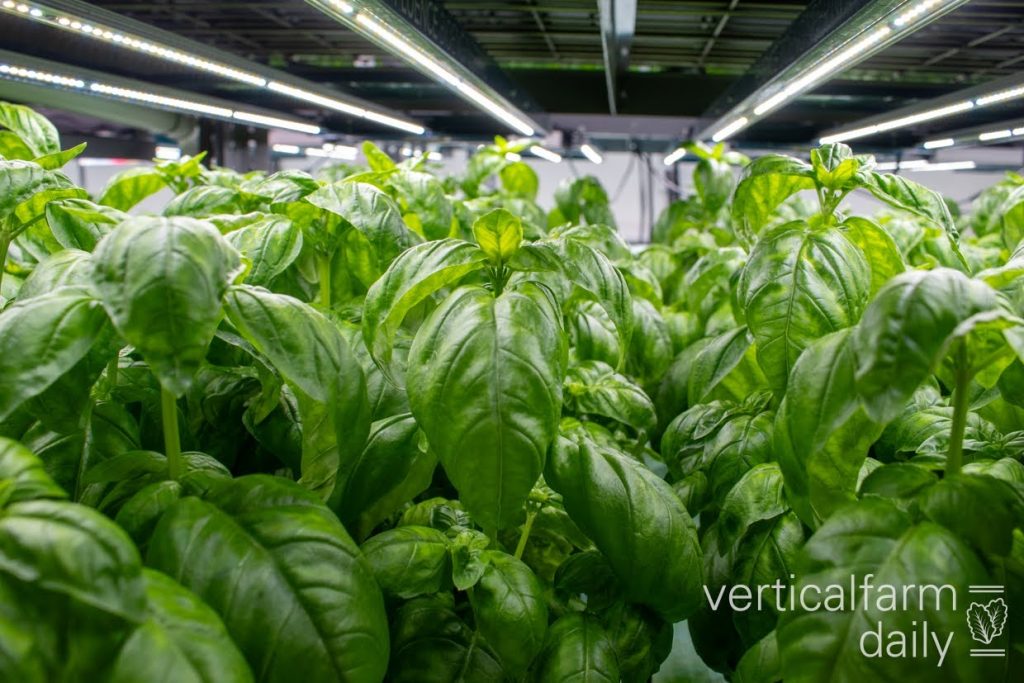As the global population continues to grow, the demand for sustainable and resilient food production systems becomes increasingly urgent. In response to this challenge, researchers and agricultural experts are exploring innovative technologies such as controlled environment agriculture and agrivoltaics as potential solutions. These cutting-edge approaches offer the promise of increased yields, enhanced nutrition, and year-round access to fresh produce. In collaboration with the U.S. Department of Agriculture (USDA), Virginia Tech researchers are shedding light on the transformative potential of CEA and agrivoltaics, paving the way for a new era in farming practices.
Understanding Controlled Environment Agriculture and Agrivoltaics: Controlled environment agriculture encompasses a range of techniques and structures designed to optimize growing conditions for crops. From greenhouses to vertical farms and hydroponic systems, CEA leverages horticultural and engineering innovations to cultivate plants indoors or in controlled environments. Agrivoltaics, on the other hand, integrate agricultural production with solar photovoltaic energy generation, allowing for dual land use and maximizing resource efficiency. Together, these technologies represent a paradigm shift in agriculture, offering opportunities for sustainable intensification and increased resilience in the face of climate change.
The Potential Benefits of CEA and Agrivoltaics: Recent research conducted by USDA and Virginia Tech researchers highlights the myriad benefits of adopting CEA and agrivoltaic systems. These innovative approaches have the potential to enhance yields, improve nutritional quality, and increase access to locally grown foods. By providing year-round production capabilities and reducing reliance on traditional outdoor farming methods, CEA and agrivoltaics offer a pathway towards greater food security and resilience. Additionally, agrivoltaic systems contribute to renewable energy production, furthering sustainability objectives and mitigating the environmental impact of agricultural activities.
Navigating Challenges and Opportunities: While the promise of CEA and agrivoltaics is undeniable, significant challenges remain on the path to widespread adoption. Technological and economic barriers must be addressed to optimize system efficiency and ensure long-term viability. Moreover, the transition to these innovative approaches may necessitate shifts in regulatory frameworks and market dynamics. Despite these challenges, the growing interest and investment in CEA and agrivoltaics underscore their potential to revolutionize the agricultural landscape.
Emerging Trends and Research Findings: The research conducted by USDA and Virginia Tech researchers provides valuable insights into the current landscape of CEA and agrivoltaics in the United States. Over the past decade, the number of CEA operations has more than doubled, reflecting increasing interest and investment in indoor farming technologies. Notably, hydroponic systems have emerged as a dominant method for growing crops such as tomatoes, cucumbers, and lettuce, demonstrating the versatility and efficiency of soilless cultivation methods. Similarly, agrivoltaic sites have proliferated, with solar farms incorporating vegetative cover to support pollinators and grazing livestock.
Implications for the Future of Agriculture: As the global population continues to grow and environmental pressures mount, the need for sustainable food production practices becomes increasingly urgent. CEA and agrivoltaics offer a promising avenue for meeting this challenge, providing opportunities for increased productivity, resource efficiency, and environmental stewardship. By harnessing the power of innovation and collaboration, researchers, policymakers, and agricultural stakeholders can work together to realize the full potential of these transformative technologies. The establishment of partnerships such as the Controlled Environment Agriculture Innovation Center underscores the commitment to advancing sustainable agriculture and ensuring food security for future generations.
In conclusion, the convergence of controlled environment agriculture and agrivoltaics represents a watershed moment in the evolution of farming practices. By leveraging technology and research advancements, these innovative approaches have the potential to revolutionize the way we grow, distribute, and consume food. Through interdisciplinary collaboration and strategic investment, we can harness the power of innovation to create a more sustainable and resilient food system. As we embark on this journey towards a brighter future, let us embrace the promise of CEA and agrivoltaics as catalysts for positive change in agriculture and beyond.
